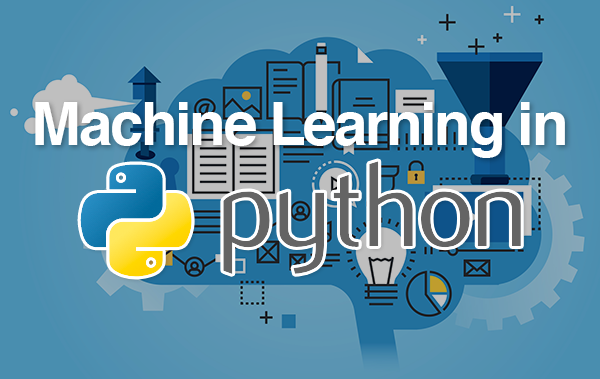
Standardizing data is a process of transforming the data so that it has a mean of 0 and a standard deviation of 1. This is often done to ensure that all variables in the data have the same scale and the same distribution, which is important for many machine learning algorithms.
There are several ways to standardize data in Python, but the most common method is to use the StandardScaler class from the scikit-learn library. This class has a fit_transform() method that can be used to standardize data by fitting the scaler to the data and then transforming the data.
The first step to standardizing data is to import the necessary libraries. You will need to have numpy and sklearn installed in your system to use StandardScaler class.
Once you have the necessary libraries, you can create an instance of the StandardScaler class and call its fit_transform() method. The fit_transform() method takes in the data as input, and returns the standardized data as output.
It’s important to note that standardizing data is not always necessary. It is typically only needed when the data contains variables that are on different scales, or if the data has a non-Gaussian distribution.
In addition to StandardScaler, python also provides other libraries like MinMaxScaler, RobustScaler, etc. These libraries can be used in the same way as StandardScaler to standardize the data in a specific way.
It’s also important to note that when standardizing data, it’s important to use the same scaler on the test data as the one used on the training data to ensure that the results are consistent.
In this Applied Machine Learning & Data Science Recipe (Jupyter Notebook), the reader will find the practical use of applied machine learning and data science in Python programming: How to standardize Data.
What should I learn from this recipe?
You will learn:
- How to standardize Data.
How to standardize Data:
Disclaimer: The information and code presented within this recipe/tutorial is only for educational and coaching purposes for beginners and developers. Anyone can practice and apply the recipe/tutorial presented here, but the reader is taking full responsibility for his/her actions. The author (content curator) of this recipe (code / program) has made every effort to ensure the accuracy of the information was correct at time of publication. The author (content curator) does not assume and hereby disclaims any liability to any party for any loss, damage, or disruption caused by errors or omissions, whether such errors or omissions result from accident, negligence, or any other cause. The information presented here could also be found in public knowledge domains.
Learn by Coding: v-Tutorials on Applied Machine Learning and Data Science for Beginners
Latest end-to-end Learn by Coding Projects (Jupyter Notebooks) in Python and R:
Applied Statistics with R for Beginners and Business Professionals
Data Science and Machine Learning Projects in Python: Tabular Data Analytics
Data Science and Machine Learning Projects in R: Tabular Data Analytics
Python Machine Learning & Data Science Recipes: Learn by Coding